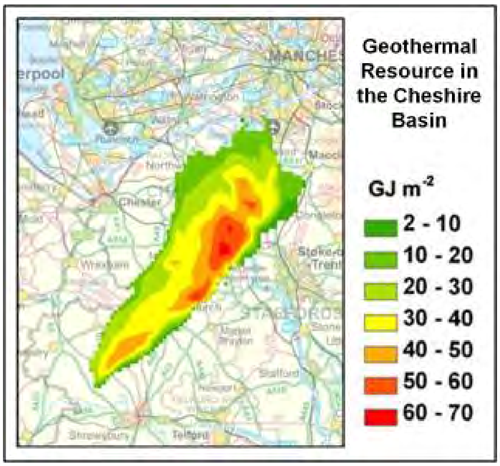Policy SE 8: Renewable and Low Carbon Energy
- The development of renewable and low carbon energy schemes (including community-led initiatives), together with any ancillary building(s) and infrastructure, will be positively supported and considered in the context of sustainable development and any impact on the landscape.
- Weight will be given to the wider environmental, economic and social benefits arising from renewable and low carbon energy schemes, whilst considering the anticipated adverse impacts, individually and cumulatively upon:
- The surrounding landscape including natural, built, historic and cultural assets and townscape; including buildings, features, habitats and species of national and local importance and adjoining land uses; and / or
- Residential amenity including visual intrusion, air, dust, noise, odour, traffic generation, recreation and access; and / or
- The operation of air traffic, radar systems, electromagnetic transmissions, and the Jodrell Bank Radio Telescope.
- Appropriate mitigation measures to address any effects identified and considered (for all low carbon and renewable schemes) will be required prior to any development proceeding.
- Given the nature of some forms of renewable and low carbon energy schemes and their supporting infrastructure and ancillary building(s), it will be necessary and appropriate in certain instances, to secure removal of the scheme and its supporting infrastructure and ancillary building(s) and restore the land to an appropriate use once a scheme is ready for decommissioning, through the imposition of planning conditions.
- Planning permission for wind energy development involving one or more wind turbines will only be granted if:
- the development site is in an area identified as suitable for wind energy development in the Site Allocations and Development Policies Document or Neighbourhood Plan; and
- following consultation, it can be demonstrated that the planning impacts identified by affected local communities have been fully addressed and therefore the proposal has their backing.
Justification
13.81 The National Planning Policy Framework states that the planning system should 'support the transition to a low carbon future in a changing climate, taking full account of flood risk and coastal change, and encourage the re-use of existing resources, including conversion of existing buildings, and encourage the use of renewable resources (for example, by the development of renewable energy)'. It also states that 'planning plays a key role in helping shape places to secure radical reductions in greenhouse gas emissions, minimising vulnerability and providing resilience to the impacts of climate change, and supporting the delivery of renewable and low carbon energy and associated infrastructure. This is central to the economic, social and environmental dimensions of sustainable development'.
13.82 There are various sources of renewable and low carbon energy that can be applied in Cheshire East. It is anticipated that the following technologies will be the most viable and feasible:
- Solar thermal and photovoltaics on south facing buildings throughout the Borough. Ground mounted schemes may be appropriate where they do not conflict with other policies of the plan
- Combined heat and power and district heating will play an important role, particularly in strategic and major employment, retail, residential, community and other developments where there are high energy demands
- Biomass boilers serving individual or groups of buildings and communal heat and power systems, particularly in rural communities
- Community led and farm scale anaerobic digestion Community led hydropower schemes provided that the impacts on the river environment and surrounding ecology are mitigated
- Heat pumps, particularly in locations not served by the gas network
- A potential supply of deep geothermal heat has been identified in the borough, particularly at Crewe, that offers potential to generate renewable energy
- Advanced thermal treatments
- Wind turbines of small, medium and large scale

Figure 13.2 Geothermal Resource in the Cheshire Basin
13.83 Renewable and low carbon energy has the potential to contribute to the borough’s electricity supply. Assessments of technical and environmental constraints, as well as the potential landscape and visual impact studies of renewable and low carbon energy development across the borough, should be used to help identify suitable locations appropriate for renewable and low carbon energy development.
13.84 Whilst the council’s evidence base studies makes reference to, and identify potential locations suitable for renewable and low carbon technologies, this does not mean that technologies will automatically be granted consent within the identified areas. Equally, it should not restrict development for technologies (other than wind turbine development) outside of the identified areas, or mean that technologies will automatically be refused consent if outside the identified areas.
13.85 Following the Written Ministerial Statement on 18th June 2015 and associated update to Planning Practice Guidance, areas suitable for wind energy development will be formally identified in the Site Allocations and Development Policies Document.
Key Evidence
- Climate Change and Sustainable Energy Study
- Renewable Energy Policy Study
- Renewables Handbook
- Landscape Sensitivity to Wind Energy Developments Study
Policy information
Previous page: Policy SE 7 'The Historic Environment' | Cheshire East Local Plan policy index | Next page: Policy SE 9 'Energy Efficient Development'